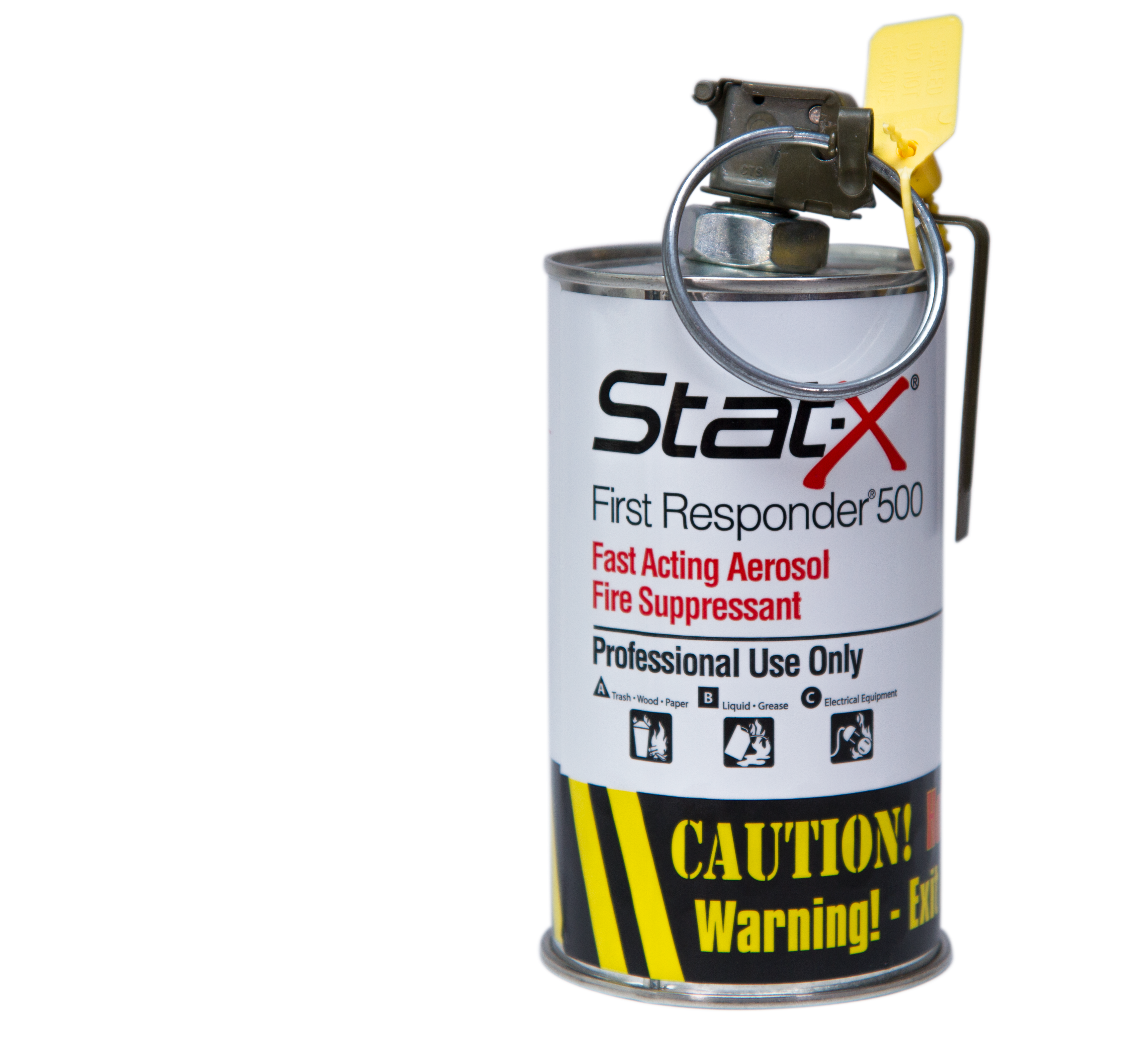Fire Protection Strategies for Historic Buildings – Preserving Heritage while Ensuring Public Safety
Historic buildings present a challenge for fire and life safety protection. Not only must the usual problems be mitigated, but a host of unique exposures and problems complicate the protection of historic structures. In addition, the requirements of historical societies and some governmental agencies mandate that only certain changes can be made to structures and the finishes used in both interior and exterior spaces.
Demands to preserve structures, materials, and methods often conflict with the needs of protecting the same structures and the people who frequent these historical structures. Melding a modern fire protection system without disturbing the historical value of the structure is the greatest challenge.
Add to these challenges the difficult challenges that older historic structures can present, and the need for the highest quality systems quickly becomes apparent. Older building technology is often highly combustible and old building materials can become even more prone to involvement in fire with age. Construction techniques from the past are often inherently unsuitable for standard fire protection systems.
Explore further
Challenges in Protecting Historic Buildings
Protecting historic buildings often involves much more than the simple installation of a fire protection and life safety monitoring system. Many historic structures are owned and operated by Trusts or Foundations operating as not for profit entities. This often imposes strict budgetary concerns when implementing or upgrading fire protection systems.
The requirements from local codes and other entities may also introduce additional challenges for the designers of fire protection systems in historic buildings. Working within restrictive requirements and preserving structural members, interior and exterior finishes, and maintaining the overall ambiance and appearance of the structure all are considerations in the design and implementation of afire and life safety system.
Care must also be taken to ensure the extinguishing agents employed do as little damage when deployed as possible. In many instances, the furnishings and contents the historic site are as valuable as the structure itself.
Many historical structures are preserved because of unique architectural features. Many of these unique features present formidable challenges for fire protection engineers due to the often remarkable structural and design elements that were employed in the designs. These unique architectural features require imaginative, and sometimes unconventional solutions for fire suppression and life safety systems.

image generated by chatGPT
Strategies for Fire Protection
When considering how to provide fire protection for historic buildings, strategies should always begin with the basics that are used to develop a plan for any structure. There are several strategies and tactics that should be the starting point for any fire protection plan, even in historic buildings.
People also search
- Prevention
Fire prevention is the best possible way to ensure life safety in any facility be it historic or not. Site surveys and inspections can easily avoid problems by identifying hazards and issues. The simplest of procedures, from regular inspections and good housekeeping practices, can eliminate many sources of problems.
Planning is a part of prevention as is training. Personnel who know and understand the fire prevention plan and who consistently train for emergencies, can significantly lower losses when, and if, an emergency occurs.
- Passive Measures for Fire and Life Safety Protection
Good housekeeping policies, procedures for employees to identify and report possible hazards, and maintaining a constant state of awareness to ensure that risk assessment is an ongoing part of your daily routines help reduce the risk for fire and life safety. Employees should be encouraged to actively identify and report potential hazards before they become emergencies.
As part of the maintenance and repair of any historic structure, risk assessment should be a vital part of the planning process. When anticipating routine maintenance, consider how additional fire protection can be incorporated into the upgrades and renovations. Active Fire Protection and Life Safety Measures
Early detection of any fire is critical to limiting damage. This is even more so in historic buildings where material and construction methods may contribute to rapid fire development and spread. Detection systems are crucial in these structures.
Life safety is often a problem in historic structures where narrow corridors, steep stairways and a lack of ingress and egress may exist. Optimizing escape routes, making these routes easily identifiable under extreme conditions, and ensuring those routes are kept clear are strategies to ensure life safety.
Last, but certainly not least, is the installation and maintenance of the best fire control and monitoring systems available. There are many strategies for the retrofitting of such systems into historic buildings that minimize the invasive nature of fire protection systems while providing high quality fire and life safety protection.
Life safety and fire protection are core objectives in new structure design. More and more, the addition of these same levels of fire protection are being required in historic buildings nationwide. Preserving the heritage and historic value of these structures while maintaining the needed levels of fire protection and life safety management is paramount to any preservation project.














